Singapore’s Starry Starry Sea
 August 18, 2020
August 18, 2020
By Isabelle Athena: A few weeks ago, a friend and I were discussing the term ‘starfish’ and ‘sea stars’. The creature’s interchangeable name can cause confusion, with identifing sea stars as fish, rather than echinoderms – a group of animals related to sea urchins and sea cucumbers.
Marine scientists prefer the term ‘sea star’ because the starfish is not a fish. They are an ancient group of organisms with bizarre and fascinating anatomy. If ever you are asked why sea stars are not fish, the table below should be able to help you!
| Fish | Echinoderm | |
| Respiration | Gills – This facilitates an exchange of oxygen and carbon dioxide, allowing the fish to ‘breathe’ underwater. Fish have gills throughout their life cycle. | Diffusion – Most echinoderms (including sea stars) have specialised projections on the base of their spines, topside. Diffusion occurs on their surface where oxygen is taken up from water that passes over their tube feet and papulae. |
| Movement | Swim bladder & Fins – Fish have a specialised organ that fills with air to maintain a stable buoyancy in the water (similar to scuba BCDs). Fins also assist the fish by providing motion, stability, and manoeuvrability. | Tube feet – Sea Water is pumped through a series of internal body canals, inflating tube feet on the underside of echinoderms that have suckers. They are used for walking, clinging to rocks, and holding on to prey. |
| Circulation | Internal – Fish ingest food through the mouth and break it down in the esophagus. In the stomach, food is further digested and, in many fish, processed in finger-shaped pouches called pyloric caeca, which secrete digestive enzymes and absorb nutrients. | External – Simple digestive system with a mouth, stomach, intestine, and anus. The mouth is usually on the underside and the anus on top. Sea stars can push their stomachs outside of their bodies to envelop their prey which allows them to digest food externally. Most Sea stars are scavengers. |
Sea stars are echinoderms and get their name from their star-like appearance. They can be spherical (think: cushion stars), or elongated from a central radial point (think: sea cucumbers). They are animals with unsegmented bodies and no distinct head. They have a skeleton made of calcium carbonate, and possess the remarkable ability to regenerate lost limbs.
Like us, echinoderms are multicellular organisms with well-developed organ systems. Unlike us, they can be found in a wide variety of wild and bright colours, and can be right at home in the deepest parts of the ocean. While they may not seem like it, these bottom dwellers are also ecologically and geologically important.

Over 31 species of seastars have been recorded in almost every shore and reef in Singapore, including but not limited to Cyrene Reef, Pulau Tekong, Chek Jawa, and Changi Beach. Seastars have even managed to eke a living along the coasts of densely-populated urban towns in Sembawang, Punggol, Pasir Ris, Tanah Merah, and East Coast Park. But their existence hangs in the balance. Many seastar habitats are threatened due to coastal infrastructure development, land reclamation, and poaching.
Icon seastars are special because they are really quite rare… across the globe. Scientific studies on this species are sparse. A diver has reported seeing just one Icon seastar out of more than 600 dives throughout the Philippines! A study of shallow-water sea stars in Davao estimates the relative population of this sea star at less than 1%. However, the silted reefs around Singapore seem to harbour a relatively great abundance, especially around Pulau Hantu.
The Knobbly Sea Star can also be found in Singapore waters, especially in the intertidal areas during predawn low spring tides. It is one of Singapore’s largest sea stars. Individuals of up to 35 cm in diameter have been seen locally. This species is also known as the Chocolate Chip Sea Star, as they are characterised by dark brown knobs that look like chocolate chips on its body and arms. Individual sea stars can be recognised by the number and arrangement of the knobs, just like fingerprints! However, they are no longer as common as they used to be in Singapore. They have been classified as Endangered in the Singapore Red Data Book.

I grew up in Indonesia with the opportunity to be exposed to its beautiful coastal regions and have interacted with many expatriate and tourist visitors. However, there seem to be a lot of misconceptions about marine creatures like sea stars and the way that they are handled. Some myths that need to be dispelled include:
- It is not true that sea stars can regenerate from broken arms. The fractured pieces will not result in two sea stars. If the central disk is damaged, the creature will likely die. Some can regenerate lost arms, but this takes time and resources that can take up to a year to replace their limbs. The recovery period renders them as vulnerable and disadvantaged.
- It is not true that the sea stars you find on a beach are dead. Finding a skeleton of a sea star is very unlikely as they disintegrate quickly and do not leave behind a whole skeleton. When removed from the water, the sea star would also retract its tube feet and appear dead. Souvenir sea stars have been removed alive and dried.
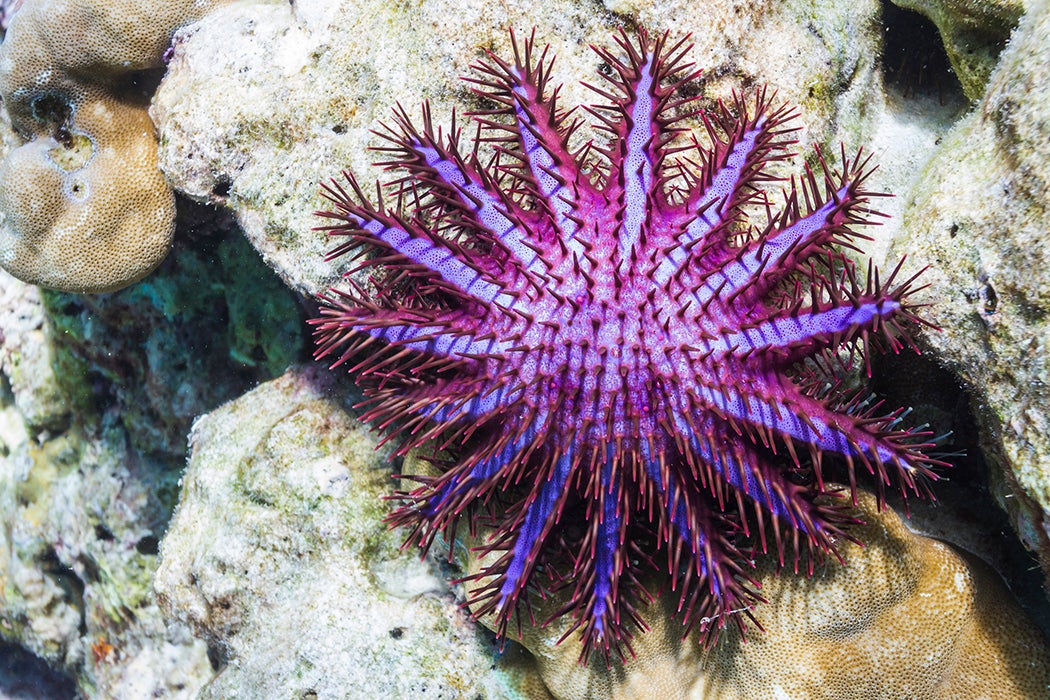
- It is not true that they are bad for the reefs. Only the Crown-of-Thorns sea star feeds on reefs when they consume the polyps of hard corals. But they are only a danger when there is an uncontrolled population explosion when their predators are mass-harvested through fishing. Furthermore, they are not found in Singapore waters.
Overall, sea stars are an important keystone species that prey on organisms like sea urchins that would not otherwise have a main predator. If they were to be removed from the environment, the prey species could grow out of control and decimate the reef environment. This imbalance in the food chain could be devastating.

A Morning Sun Star devours a slower-moving Leather seastar.
Sea stars are fascinating creatures as they are amazingly diverse. Personally, my favourite Sea star has always been the Morning Sun Star. It has between eight to 16 arms and is usually orange or red in colour. It grows to a diameter of 40cm. The Morning Sun is actually a voracious predator feared by other sea stars who run away the moment they’re touched by it. Half its diet consists of the Leather Sea star which moves too slowly to evade it. Morning Sun stars can be cannibalistic, as they will feed on an individual of its own species if it cannot catch a star of a different species.
Sadly, seeing this sea star in the wild is going to remain a dream as they naturally inhabit waters at depths of about 420 m (1,380 ft). It occurs in Japan, China, and Siberia to the coasts of North America as far south as California. I’ve grown fond of this species because people often think Sea stars are boring, docile creatures, far from the idea of what could be a savage predator. The Morning Sun star disproves this and usually piques the interest of anyone who hears about them, as it did with me.
I recently learned that Singapore has its own predatory sea star, the Eight-armed Luidia star, which can be seen in sandy and silty conditions. They can be found gathered together in our Northern shores.
Sea stars have an important role in regulating numbers of other organisms. Echinoderms are found in nearly all marine habitats and constitute a major proportion of biomass in the oceans. For example, In 2013 to 2014, a disease caused a high percentage of sea stars on the West Coast of North America to die. Most large species were affected, especially the Sunflower star which is a predator of sea urchins. Their absence resulted in a population explosion of sea urchins which overgrazed kelp forests. Kelp forests are known to be a major driver for marine diversity in these temperate climates. Considering that this was the result of eliminating a single species of sea star, highlights the unique role of this keystone species.
We thank Ria Tan for contributing her experience and insights toward this article. Ria has been exploring and documenting Singapore shores for over two decades. Learn more about her work HERE.

Isabelle Athena recently relocated to Singapore from the UK after graduating with a BSc in Environmental Geoscience. Her interests include biological oceanography and limnology.


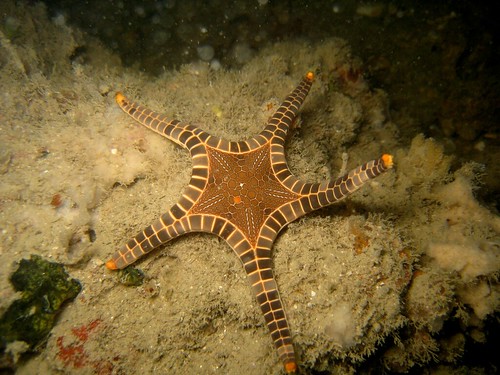

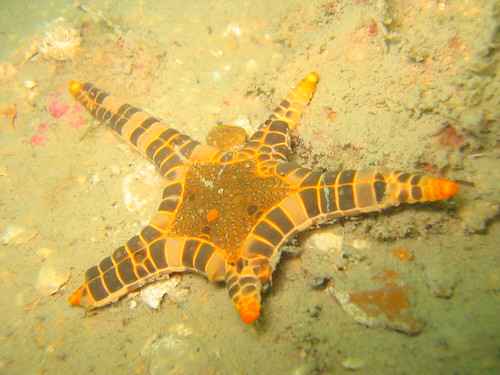
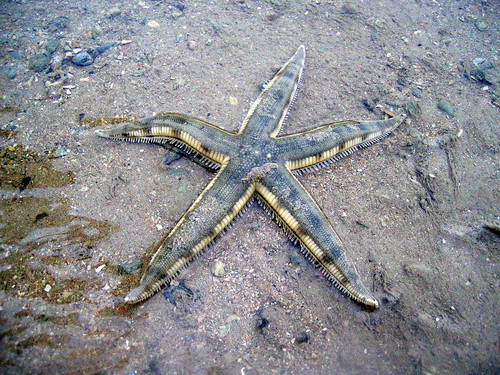
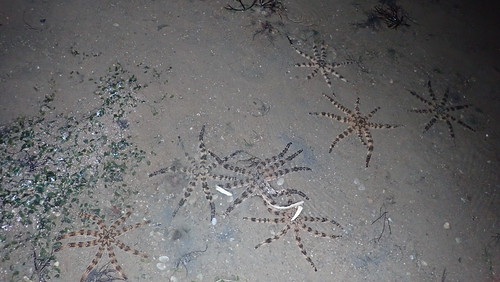
 Posted in
Posted in 



 content rss
content rss
COMMENTS